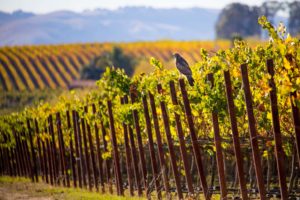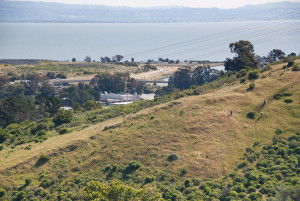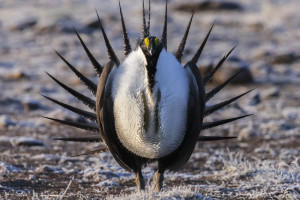In October 2005 the U.S. House of Representatives passed a bill that, if approved by the Senate and signed into law, would dramatically alter the 1973 Endangered Species Act (ESA). Sponsored by local Congressman Richard Pombo (R-Tracy), the bill would eliminate critical habitat designations and require payments to landowners who lose potential development revenue due to ESA regulations.
The Senate will likely address the issue in early spring. Senator Lincoln Chafee (R-ri), who chairs the Senate Environment and Public Works Subcommittee, is waiting for the results of a study that will address the effectiveness of critical habitat designations.
Colin Rowan of the advocacy group Environmental Defense is concerned that even if the Senate proposes a decent bill of its own, any compromise with the House bill would result in a gutted ESA. Rowan agrees that the ESA needs improvement, primarily in providing positive restoration incentives for landowners. Pombo’s bill advocates compensating landowners for what they can’t do on their land, while Environmental Defense favors rewarding landowners who willingly protect species and habitat.
Craig McNamara is one farmer who might benefit from an incentive-based ESA. On his 450-acre Putah Creek Ranch in Solano County, McNamara devotes himself to providing a biologically diverse farm habitat. Although farmers were traditionally encouraged to farm “fencepost to fencepost,” McNamara recently moved his field 50 feet from the edge of Putah Creek and replanted the area with California natives such as cottonwoods, oaks, redbud, and sedges. “We do conservation because it’s the right thing to do,” says McNamara. But new incentive programs would help him expand his efforts even further.




